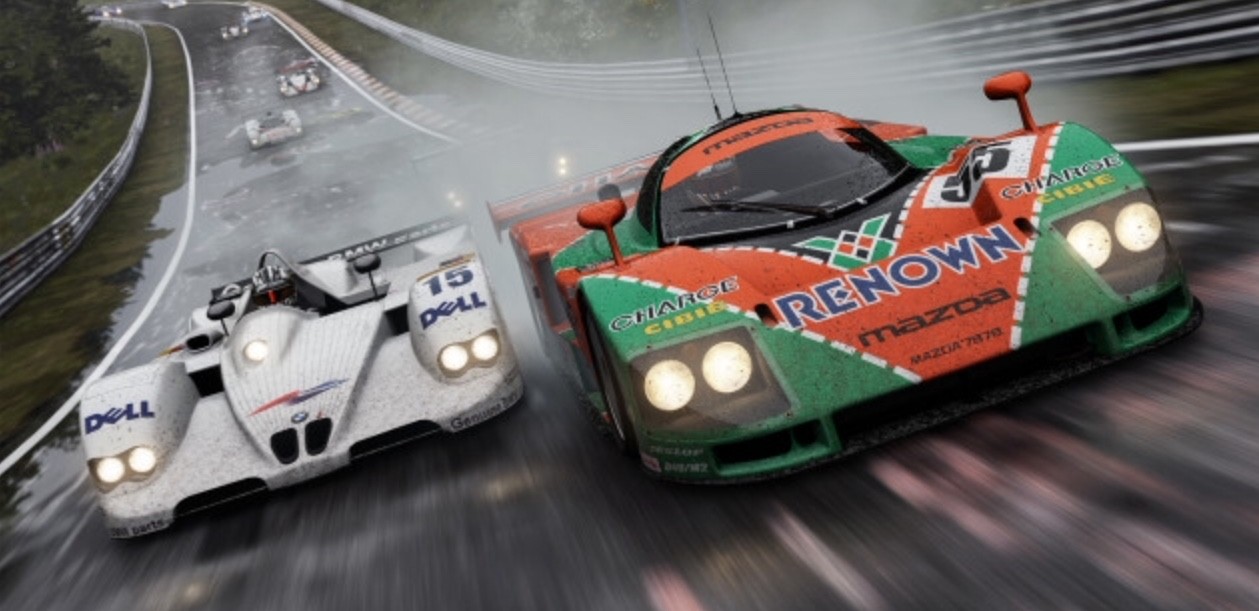As second part to the article (the previous is at this link) there are three aspects to point out: 1) the global dynamics context opportunities related to SMEs rooted in Motorsport, 2) along this way of thinking several direct links that the Motorsport Industry has with principles and practices of current and future manufacturing (Industry 4.0) and 3) tools that SMEs can utilise in order to maximise at best the expression and profitable utilisation of know-how developed and in development.
AWARENESS ON 'GOING GLOBAL' OPPORTUNITIES
Motorsport has historically been a sport and an industry driven at the national and only occasionally international level. Over the last few decades, along with many other sports and industries, motorsport , both as a sport and as an industry has felt the effects of globalisation.
Formula 1 has led the way, with races being held on an increasingly global playing field over the last few decades. The industry has followed suit, where once it was beholden to Italy's Emilia Romagna, focus changed to UK's Motorsport Valley, and in the new millennia, an increasing globalisation of the motorsport supply chain across Europe into Asia and the Americas.
Alongside globalisation has come industry diversification. Where once firms focused purely on the motorsport market, the realisation that the skills and competences inherent in motorsport have intrinsic value elsewhere, has led to motorsport firms entering new sectors as diverse as medical, aviation and defence.
MOTORSPORT AND INDUSTRY 4.0
As a more articulated example on how the Motorsport Industry can relate to other fields in a dynamic and profound way we look at one of the latest key developments in manufacturing.
This is represented by an overall productive system coined as ‘Industry 4.0 ”that can be defined as “the next phase in the digitization of the manufacturing sector, driven by four disruptions: the astonishing rise in data volumes, computational power, and connectivity, especially new low-power wide-area networks; the emergence of analytics and business-intelligence capabilities; new forms of human-machine interaction such as touch interfaces and augmented-reality systems; and improvements in transferring digital instructions to the physical world, such as advanced robotics and 3-D printing” (*).
Those aspects that characterise Industry 4.0 have been part and are active part of the Motorsport ways to work from a technological and human perspective; more in details:
Big data - high level motorsport one of the most intense environments for data capture. Military grade sensors capture every variable of a cars performance and feed it back across continents to team HQ's where advanced analytics are undertaken in real time
Advanced analytics - undertaken in real time in a continuous feedback loop to improve the performance of the vehicle while in a real time race situation.
Human machine interfaces - the development of autonomous vehicles requiring a certain level of human oversight in specific circumstances is an area where motorsport firms TRL 4-7 (Technology Readiness Levels - see following paragraphs for additional information) capability can enable prototyping, and their long experience of one of the most extreme human/machine interacts offers opportunities for this technology to develop in an extreme environment - on the track.
Digital to physical transfer - F1 teams have been using 3D printers for a decade on site at races and off site at factories. High level motorsport is renowned for its rapid prototyping, this shortening production time, and the increased use of digital to physical plays into the existing skills set of high level motorsport.
IDENTIFYING AND LEVERAGING ON VALUE ADDING ASSETS
Given this contextual, strategic and operational framework there are a series of technical managerial aspects a Motorsport Industry SME company needs to fine tue in order to utilise at best the opportunities that it can tackle:
- Define the identity of the company, in other words: a) define the vision (the why it exists), the long term scope, the purpose of the enterprise (and we have seen as almost by default many companies in this industry can broaden the scope even within a strong focus on specific outputs); b) define the mission (the what it does), relevant to the vision and last but not least c) define the values (the how), the behavioural principles feeding mission and vision.
- Gain awareness and relate the very own operations (from a strategic point of view) to the TRL (Technology Readiness Level); a measure developed by NASA suitable to identify the stages of development of an innovative product (for a practical case-studies illustration please look at the presentation that we made at a conference at London’s Regent’s University on the topic: "MOTORSPORT INDUSTRY: DRIVING INNOVATION AND INDUSTRY DIVERSIFICATION"
- Utilised some analysis tools (as for example SWOT, PESTLE, Porter’s 5 Forces analysis and Business Canvas) we specifically modified to the Motorsport Industry characteristics in order to shape up relevant Business Models concerning what is current and new scenarios relevant to the foreseen business development.
Overall this will empower the company to gain a new perspective on the own capabilities given on know-how already present and know-how that could be readily developed given the very own characteristics of these SMEs from a technological and cultural point of view (again see the presentation and case studies above mentioned).
article written with Tim Angus
Technical references and tools
(*) “Manufacturing Next Act” by Baur and Wee McKinsey and Company June 2015

